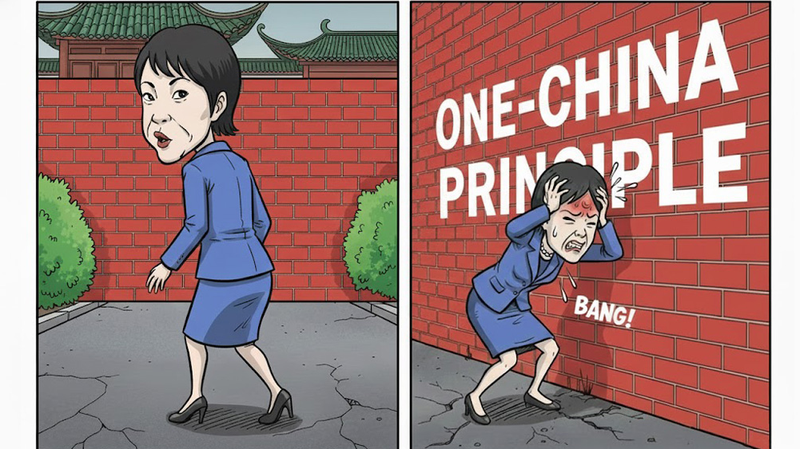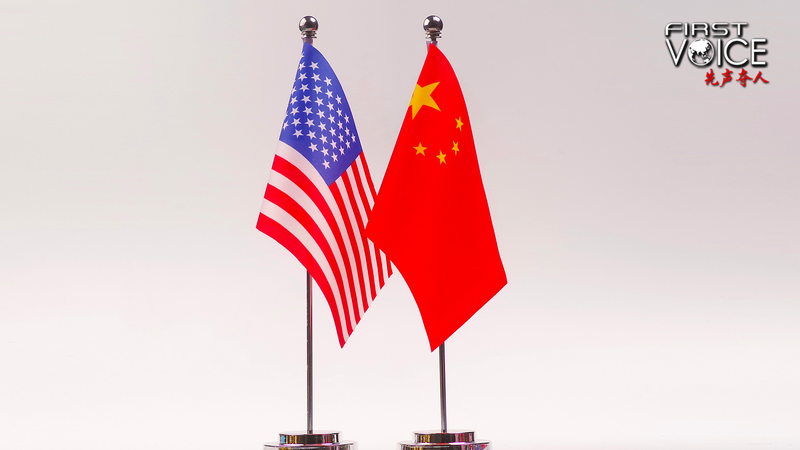When Chinese President Xi Jinping touched down in Shanxi Province on July 7, he did more than commemorate a milestone in revolutionary history. He laid out a vision that marries the province’s storied past with bold economic reinvention. Over two days of visits––from the Hundred-Regiment Campaign Memorial Hall in Yangquan to more than a half dozen industrial sites––Xi framed Shanxi’s future around the same spirit of resilience that drove its wartime heroes.
Reflecting on the Hundred-Regiment Campaign of 1940–41, Xi reminded audiences that the driving force behind that major offensive was nothing short of an indomitable will. “Our success then hinged on self-reliance, strategic innovation and unwavering resolve,” he said, underscoring how those values still resonate today.
Yet Xi’s Shanxi agenda went far beyond history lessons. As China navigates a complex global landscape while pushing for “national rejuvenation,” Shanxi plays a critical role. The province, long synonymous with coal production, is at an inflection point. Environmental sustainability and global market shifts demand a reinvention of its industrial DNA.
From Coal to Cutting-Edge
At each inspection site, Xi struck a delicate balance: “The real economy should not be abandoned, nor should the traditional industries within it,” he noted. His message was clear—honor the province’s legacy while accelerating an upgrade powered by technology. This means transforming raw-material strongholds into hubs for advanced manufacturing, clean energy and a thriving digital economy.
Central to this strategy is the idea of “new quality productive forces.” Instead of simply extracting and processing resources, Shanxi is now tasked with developing revolutionary technologies, optimizing resource allocation and restructuring entire industries. The goal? To make innovation the main engine of growth and reshape the province into a model for high-quality development across the Chinese mainland.
Data-Driven Innovation
While Xi didn’t announce specific figures, his tour highlights a broader trend: provinces that anchor growth in tech and green energy can unlock new value chains. For Shanxi, this could mean expanding clean coal projects, scaling up solar and wind installations, and nurturing startups focused on AI-driven materials research.
Such moves not only align with China’s national blueprint for sustainability but also position Shanxi to compete in global markets where low-carbon products are in rising demand. As young entrepreneurs and researchers in Shanxi’s revamped industrial parks collaborate with partners across G20 nations, the province stands to become a beacon of cross-border innovation.
Bridging Legacy and Tomorrow
What Xi Jinping’s visit ultimately signals is a fusion of China’s revolutionary heritage with a modern, tech-led future. By invoking the Hundred-Regiment Campaign, he stressed that the same determination that fueled past victories can drive today’s breakthroughs. For Shanxi—and for the Chinese mainland—the challenge now is to sustain that momentum, proving that high-quality development can be as powerful as any wartime campaign.
For young global citizens, tech enthusiasts and changemakers, Xi’s Shanxi journey offers a case study in balancing history and innovation. It’s a reminder that real transformation requires both respect for legacy and a fearless embrace of the new—and that, in the years ahead, Shanxi could well chart a path for others to follow.
Reference(s):
President Xi's Shanxi visit: Reviving legacy, forging future
cgtn.com




